Japan’s festival culture is as vibrant and diverse as the nation itself, offering everything from serene rituals to exuberant street celebrations. Whether you are a seasoned traveller or just curious about global traditions, Japanese festivals—known as “matsuri”—provide a fascinating lens through which to explore the country’s society, history, and dazzling creativity. Let’s embark on a journey through some of the most captivating aspects of Japanese festivals, from the quietly reflective to the wildly energetic.
Ancient Origins and Symbolic Meanings
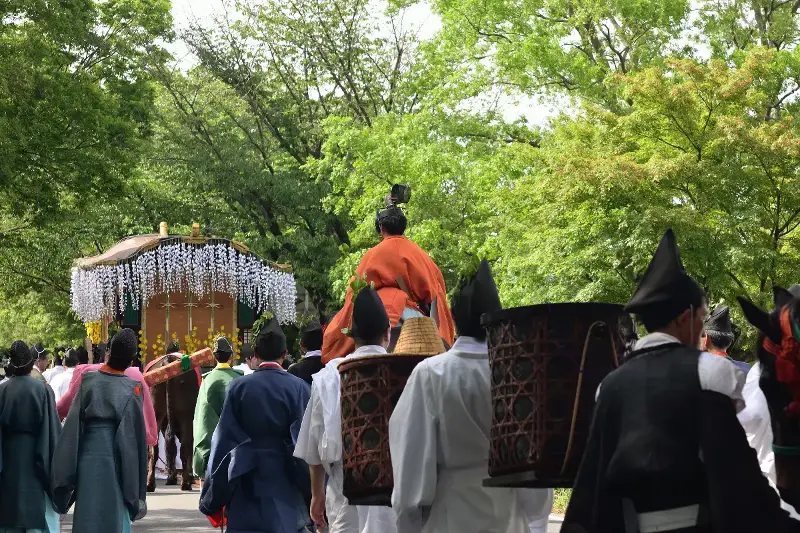
Many Japanese festivals trace their roots to centuries-old Shinto or Buddhist practices, reflecting a deep connection to nature, mythology, and the movement of the seasons. These traditions were often started as thanks to the gods (kami) for good harvests or to ward off disasters. For example, the Aoi Matsuri in Kyoto, dating back over a thousand years, features colourful parades with participants dressed in elegant Heian period costumes, evoking the grandeur of imperial Japan.
Seasonality plays a major role in festival timing and meaning. Spring welcomes hanami, the cherry blossom viewing, while autumn’s harvest festivals celebrate agricultural bounty. These recurring rhythms allow locals and visitors alike to reconnect with nature, honour ancestors, and mark the passage of time.
The Reflective and Tranquil Side
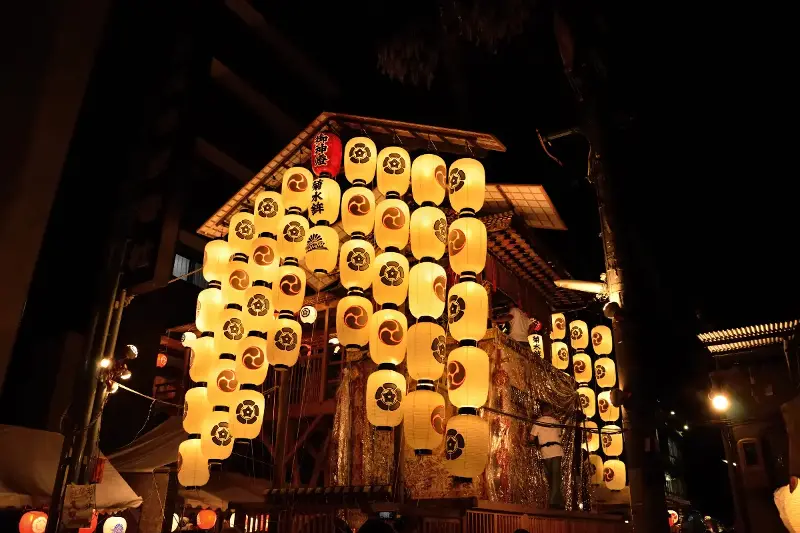
Not all matsuri are loud and crowded affairs; some offer space for contemplation and subtle beauty. The Obon Festival, held each August, is a poignant example. Obon is when spirits of the ancestors are believed to return to the mortal world. Families gather to clean graves and light lanterns, symbolically guiding spirits home. In many towns, floating paper lanterns are set adrift on rivers in moving ceremonies called “tōrō nagashi”. The quietly glowing lights drifting into the night offer a moment of collective remembrance and peace.
Similarly, the Gion Matsuri in Kyoto, while famous for its massive, decorative floats, also includes intimate shrine rituals and understated processions, embodying Japan’s appreciation for both spectacle and serenity. Attending the quieter evenings or early morning ceremonies can leave a lasting emotional impression.
Eruptions of Energy: Festivals that Dazzle the Senses
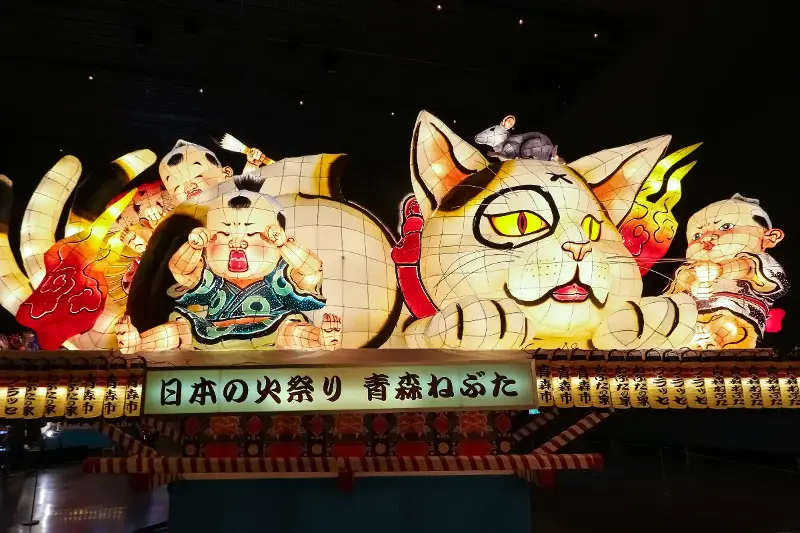
On the other end of the spectrum are matsuri that electrify cities and towns with larger-than-life displays and raw exuberance. One standout is the Nebuta Matsuri in Aomori each August, renowned for its gigantic illuminated floats, wild drumming, and vibrant dancers. Crafted over months, the floats depict warriors and mythical creatures, marching through the streets at night in a riot of colour and sound.
Equally energetic is the Kishiwada Danjiri Festival in Osaka, where teams of men race enormous wooden carts (danjiri) at breakneck speed through narrow streets. The event combines adrenaline, tradition, and local pride, attracting enthusiastic crowds every year.
Fire festivals add an extra edge of drama. The Nachi Fire Festival in Wakayama features enormous, flaming torches carried down steep shrine steps, resembling a cascade of fire. Meanwhile, the Otaru Snow Light Path Festival in Hokkaido transforms the winter streets into a dreamscape with thousands of candles and lanterns twinkling against the snow.
Unusual and Quirky Festivities
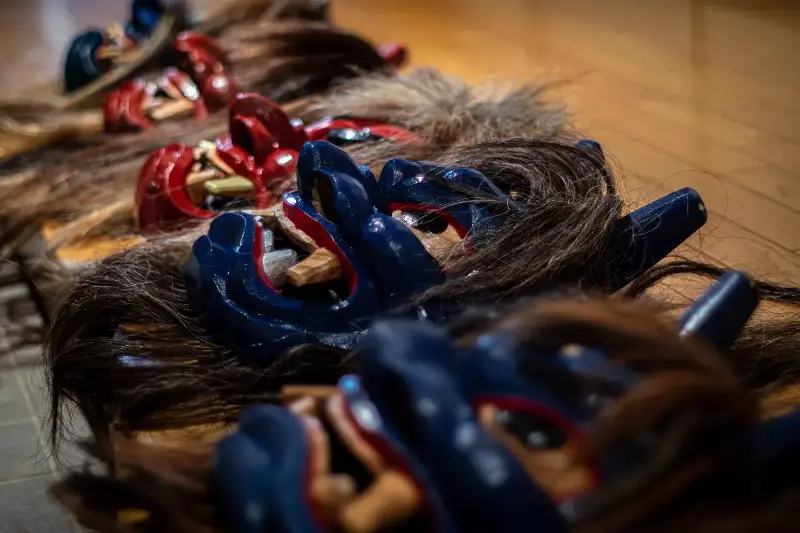
Japanese ingenuity shines in some truly unique matsuri. The Hadaka Matsuri, or “Naked Festival,” sees thousands of men dressed only in loincloths competing to touch sacred objects for good luck—most famously at Okayama’s Saidaiji Temple. Meanwhile, the Kanamara Matsuri in Kawasaki, known as the “Festival of the Steel Phallus,” celebrates fertility and promotes sexual health with playful, humorous processions centred around…well, you can guess!
For a more family-friendly oddity, the Namahage Festival in Akita features devil-masked men barging into houses to scare children into good behaviour—a chilling but memorable tradition with ancient roots.
The Social Heartbeat of Japanese Life
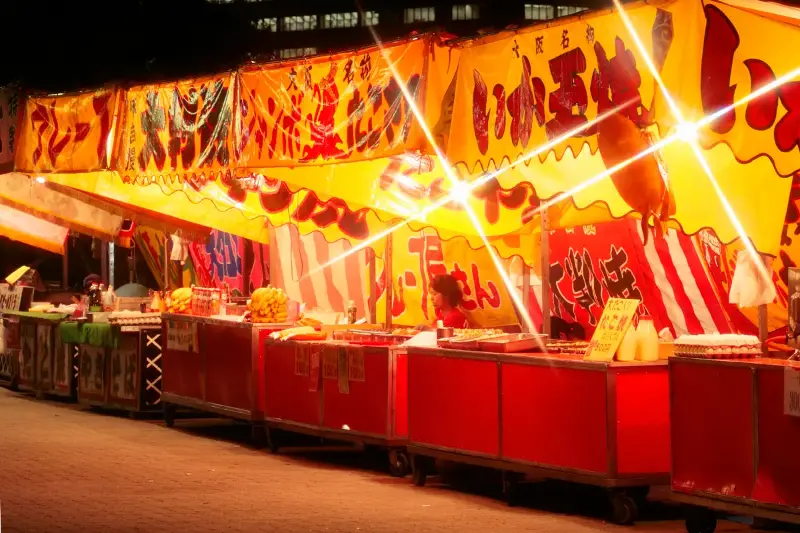
Beyond religious or seasonal significance, festivals serve as vital social glue. They unite communities across generations, offering opportunities for neighbours to collaborate, share food, and celebrate local identity. Matsuri food stalls line the streets with tempting treats—yakitori skewers, fluffy taiyaki fish-shaped pastries, sweet kakigori shaved ice—giving everyone a reason to linger and rejoice.
In recent years, many festivals have modernised or developed eco-friendly practices, making them more inclusive and sustainable. International visitors are increasingly welcome—not just as spectators, but sometimes even as participants.
Japanese festivals are a window to the soul of the nation: reflective yet rowdy, ancient yet ever-evolving. Experiencing a matsuri, whether in the heart of Tokyo or a remote mountain village, is sure to leave you with unforgettable memories and a deep appreciation for Japan’s living traditions.
